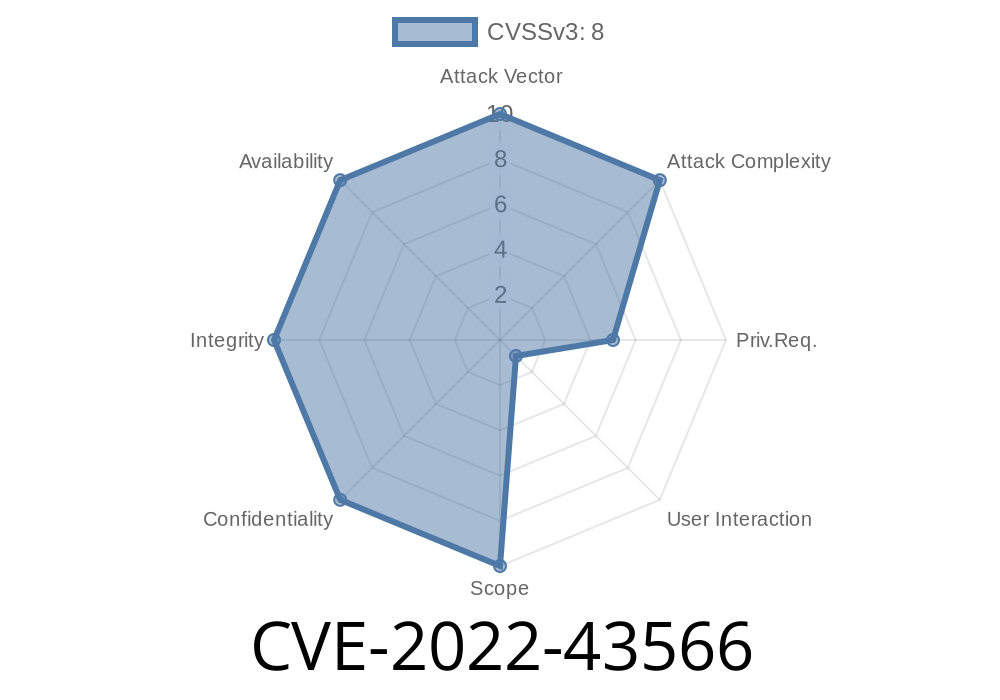A newly discovered vulnerability, CVE-2022-43566, affects Splunk Enterprise versions below 8.2.9, 8.1.12, and 9..2. An authenticated user can exploit this vulnerability to bypass SPL (Search Processing Language) safeguards (https://docs.splunk.com/Documentation/SplunkCloud/latest/Security/SPLsafeguards) in the Analytics Workspace. The attacker must rely on phishing tactics to trick the victim into initiating a browser request, as direct exploitation is not possible.
This post will delve into the details of this vulnerability, including how it can be exploited, and provide code snippets to help understand the potential impact of CVE-2022-43566.
Exploit Details
The exploit relies on the attacker's ability to run risky SPL commands using a more privileged user's permissions within the Analytics Workspace of vulnerable Splunk Enterprise versions. This vulnerability enables potential privilege escalation if exploited successfully.
Phish the target user, tricking them into initiating a malicious request within their browser.
3. Exploit the vulnerability to run risky SPL commands in the Analytics Workspace using the target user's permissions.
Code Snippet
The following code snippet demonstrates a hypothetical attack scenario using the POST method against the vulnerable Splunk Enterprise API endpoint:
POST /splunk_app/risky_command HTTP/1.1
Host: target-splunk-enterprise-host
Content-Type: application/x-www-form-urlencoded
Cookie: session_id=attacker_session
risky_command="| delete index=my_important_data" &csrf_token=victim_csrf_token
In this example, the attacker attempts to send a POST request that includes a malicious SPL command. This command, if executed without proper safeguards, could lead to the deletion of important data in Splunk Enterprise.
Original References
Splunk has acknowledged this vulnerability and released patches to address the issue in the following versions of Splunk Enterprise:
9..2
For more details on this vulnerability and the available patches, please visit the official Splunk Security Advisory (https://www.splunk.com/blog/2022/03/security-advisory-march-2022.html).
Regularly review user permissions and limit access to risky SPL commands for non-privileged users.
3. Educate users on the potential dangers of phishing attacks and provide guidance on identifying and avoiding malicious requests.
By following these recommendations, administrators can help mitigate the risk of CVE-2022-43566 affecting their Splunk Enterprise deployments.
Timeline
Published on: 11/04/2022 23:15:00 UTC
Last modified on: 11/08/2022 13:49:00 UTC
